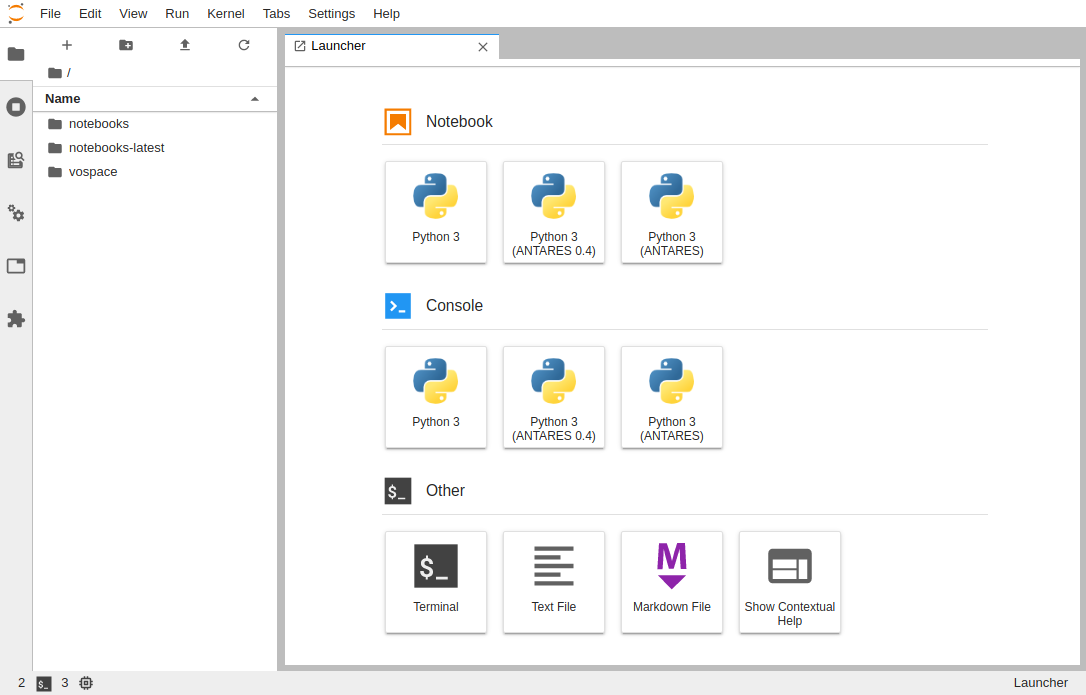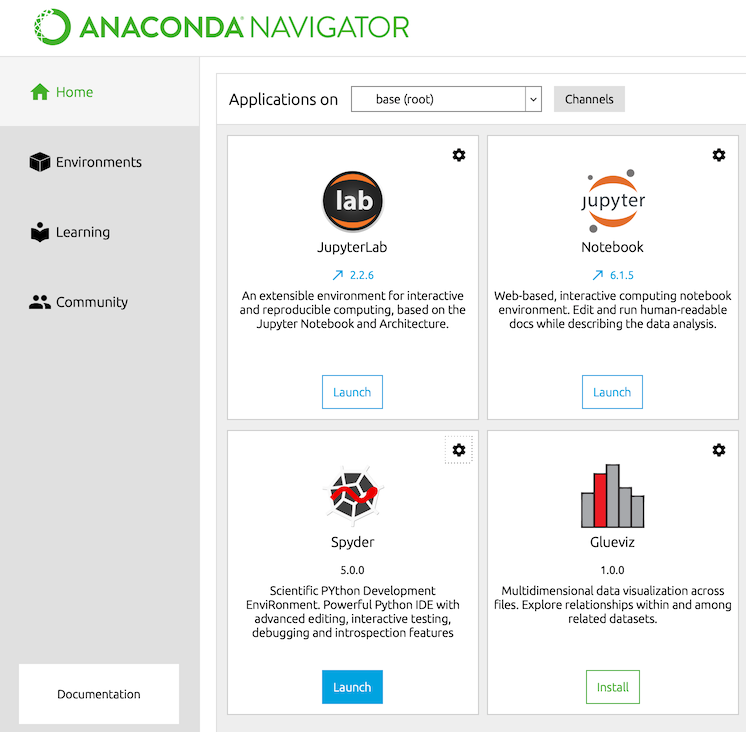

- HOW TO RUN JUPYTER NOTEBOOK ON WINDOWS FOR FILE OF 2 GB INSTALL
- HOW TO RUN JUPYTER NOTEBOOK ON WINDOWS FOR FILE OF 2 GB SOFTWARE
- HOW TO RUN JUPYTER NOTEBOOK ON WINDOWS FOR FILE OF 2 GB CODE

This can take almost 1.1 GB of the hard disk. Note: the new environment is automatically created in the current users for Windows devices. yml file with the given code: conda env create -f hello-tf.yml It will automatically open the notepad then, the user can edit the file from there.
HOW TO RUN JUPYTER NOTEBOOK ON WINDOWS FOR FILE OF 2 GB CODE
Users have to paste the given code in the terminal to edit the file because the yml file is ready to edit or macOS users can use the vim for editing the yml file. Step 4: Edit the yml file For macOS devices: The file name for the windows device is: 'echo.>hello-tf.yml.' For macOS devices:įor the macOS users, the file name will appear in the anaconda3: 'touch hello-tf.yml.' At last, copy and then paste the code in the terminal. The user has to create the yml file in the new working directory, and after the process installs the complete dependencies, the user has to run TensorFlow. Step 3: Create the yml file for the device: It is essential to wrap the PATH as the 'PATH' because this can turn the working directory to PATH.įor Windows user (make sure that the folder placed before Anaconda3): cd C:\Users\Admin\Anaconda3 Users can change the path to cd PATH in case the path on the text editor does not match the working directory.
HOW TO RUN JUPYTER NOTEBOOK ON WINDOWS FOR FILE OF 2 GB INSTALL
In the macOS devices, the latest folder will be shown right before the $, and the terminal will install the libraries in the working directory. For macOS:įor the macOS, the default working directory will be Users/USERNAME, path anaconda3, and the working directory are entirely identical. The user has to decide an appropriate directory in which the user wants to create a.yml file, and it will be located in the Anaconda. Step 2: Set and select the working directory
HOW TO RUN JUPYTER NOTEBOOK ON WINDOWS FOR FILE OF 2 GB SOFTWARE
There is a fast way to install libraries and software to write a.yml file. The user has to create a new folder in the Anaconda, which contains Jupyter, TensorFlow, and ipython.

For Windowsįor the windows, the user can use the Anaconda type and Prompt: C:\>where Anacondaįor the macOS device, the user can use the type and terminal: Users can create a new anaconda environment, which includes the essential libraries.



 0 kommentar(er)
0 kommentar(er)
